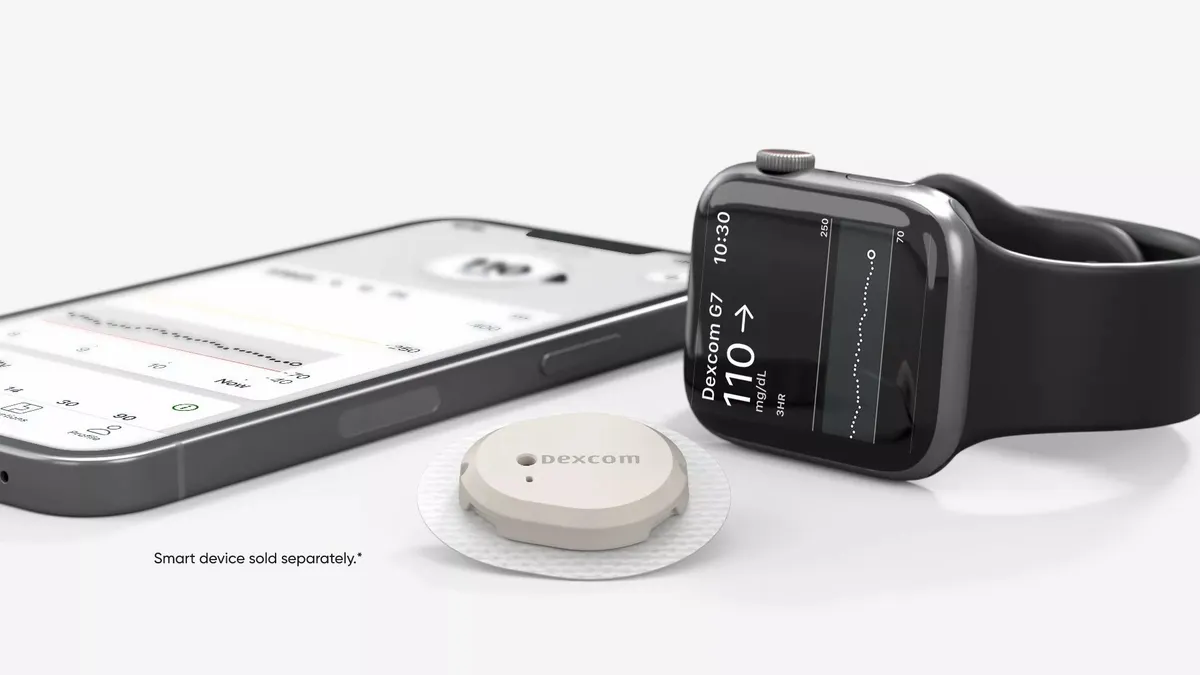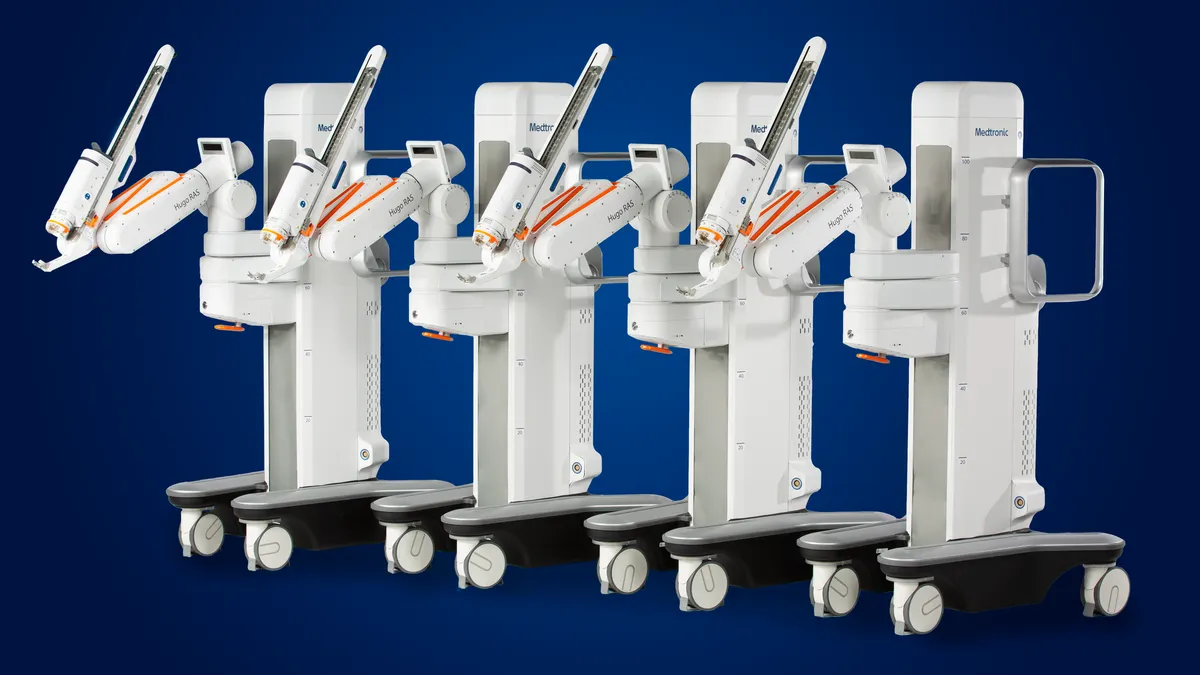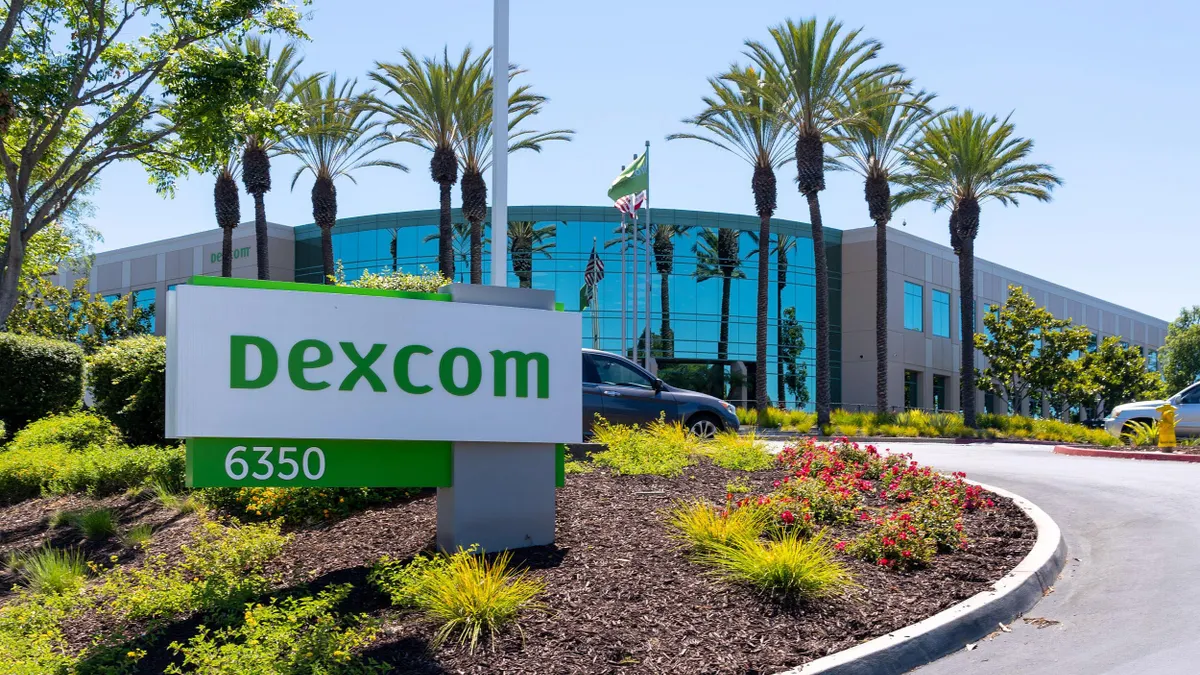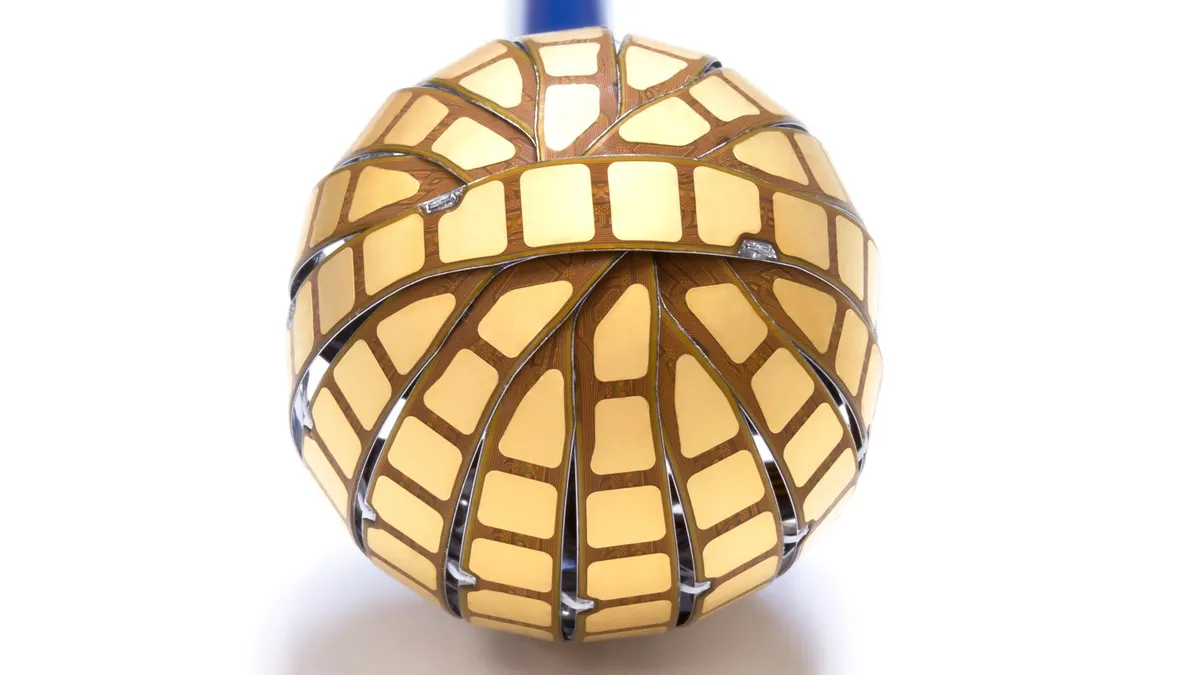Dexcom announced plans last week to create a new type of continuous glucose monitor (CGM) for people who don’t take insulin at the American Diabetes Association’s Scientific Sessions. The new device builds on the company’s growth strategy that includes broader coverage of its existing CGMs, with Medicare earlier this year expanding reimbursement of the devices to people who take basal, or daily, insulin. Dexcom also raised its 2025 revenue forecast last week to a range of $4.6 billion to $5.1 billion, up from its previous projection of $4 billion to $4.5 billion.
Teri Lawver, Dexcom’s new chief commercial officer, will be leading this strategy. Lawver joined the company in January for the newly created role after two decades at Johnson & Johnson.
In an interview with MedTech Dive, Lawver shared more details about the new CGM and Dexcom’s long-term growth plans.
This interview has been edited for length and clarity.
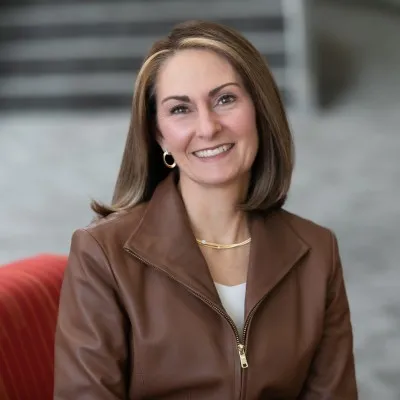
MEDTECH DIVE: Prior to joining Dexcom, you worked at J&J as an executive for Janssen Pharmaceuticals. How are you bringing that experience into this role?
LAWVER: You've seen my background. Twenty years at J&J across a variety of businesses: pharmaceuticals, biotech, medical devices. At one point that portfolio also included insulin pumps, which is how I first met [Dexcom CEO] Kevin Sayer and [COO] Jake Leach.
Before that, McKinsey and Company and Wall Street. I sometimes jokingly say to people don't hold those last two things against me.
One of the ways that all of that experience is helpful here at Dexcom is in the fact that Dexcom is paving the way with this technology. We're creating the path to have primary care physicians prescribe a medical device the same way that they would prescribe a pill, which is a pretty big undertaking. Educating payer markets around the world about what this technology can do, figuring out the right business models that include not just distributing the product, but making replacements available, managing samples.
Because there is no perfect analog for CGM, we have to invent a lot of it. By drawing on that variety in my background, I think I can help the team solve the right fit-for-purpose approach commercially for us here at Dexcom.
Dexcom and other companies have been making their products available through pharmacy channels for reimbursement. What are some of the bigger-picture strategies for make these devices available, and affordable, for more people?
A couple of years ago, we announced and have since implemented a plan to shift a significant part of our business through the pharmacy channel. And the majority of our volume now does go through the pharmacy channel.
I think what we've learned is that while we have driven a shift to pharmacy — and a lot of the health providers, the insurance companies are also moving things to pharmacy for a number of data tracing and efficiency reasons — it's also really valuable to simultaneously maintain our relationships with the [durable medical equipment] distributors.
Many of the DME distributors have a real history in diabetes; some of them are diabetes focused. They offer a channel to provide the whole array of diabetes supplies that people need through a “one-stop shop,” so for a number of our customers, the DME channel is a really good alternative.
One of the big announcements at the American Diabetes Association’s Scientific Sessions last week was that Dexcom is planning to make a CGM for non-insulin users. What’s your thinking behind this new product?
Our portfolio intent is to have really the ideal fit-for-purpose product for each of the segments of people that we serve today and that we expect to serve into the future.
One of the things we know in listening to our customers every day — end users, prescribing healthcare providers, as well as the payer channel — is that there is a set of needs for people who are not on insulin that is really different than those who are on insulin.
The number one thing that they're trying to solve is how to optimize their nutrition and exercise routine in a way that they can connect their behavior to their health. And right now, for most of those people, the only sources of data they have are an HbA1C number that they get every few months when they go to a physician, and fingersticks. A lot of them are not even testing with fingersticks very often, especially if they're not on insulin. It's sort of like being in a dark room without a flashlight.
We know also that this audience is highly motivated. They desperately want to figure out how to get their glucose and their time-in-range under control. They want the insights to do it, but they don't want to be burdened by alarms and alerts all day that for most of this audience [are] really not necessary.
And while the in-the-moment data is helpful, they also want more curated things, like weekly reports. I have an Oura Ring. It’s not pinging you all night long, telling you what your sleep looks like, but it's giving you meaningful curated summaries, right? And so that's the kind of thing that this audience is really in need of. While this product will be launched on our G7 hardware platform, it will be a different product with a really distinct user interface, software and customer experience that is focused on this particular population.
Is this product primarily targeted at people with Type 2 diabetes? Are you also considering people with prediabetes?
The initial focus for this product is people who are diagnosed with Type 2 diabetes, but who are not yet on any kind of insulin and are not at risk of severe hypoglycemia. Another way to look at that is, if you take the whole group of people who are now covered by Medicare through the recent CMS expansion decision, they would not be the target for this product.
The U.S. would be our first market. I would think about this product as a generation one non-insulin product, with that initial focus being diagnosed Type 2. We envision that there will be multiple iterations and generations of this product focused on adults who are not on insulin.
How are you thinking about the current growth opportunities, including Medicare covering your G7 CGM for people with Type 2 diabetes taking basal insulin?
Even before we talk about this new product, we have coverage in place today in the U.S. for more than 6 million people who are diagnosed with diabetes and eligible for CGM from a coverage standpoint who are not yet on CGM. Another way to look at that is there's coverage in place today that could enable us to quadruple our U.S. customer base, just with the coverage and products today. And then we expect this new non-insulin product opens up a population of 25 million people in the United States, and that's as a gen one opportunity. So we see really robust growth in the U.S.
Outside the U.S., we are a newcomer compared to Medtronic and Abbott. If we just talk about the 12 or so markets outside the U.S. that currently drive the vast majority, almost 80%, of CGM use today, Dexcom is punching way above our weight in these markets. Our growth rates have been significantly higher than the market. We continue to see share gains.
I know there was news late last week about France opening up [coverage] in the basal population. We're really excited to be able to participate there.


